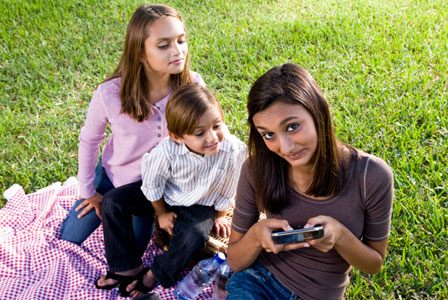I love sequencing activities.
They work on:
- Logic/reasoning
- Visual observation
- Time concepts
- Ordinal count
- Prediction
I got this sequencing activity from KidsSoup a few years ago that we have been using. The first time we use a sequencing activity, we do it as a group, and I let them work it out between them, listening as they debate the proper order. It is always fascinating to hear their minds work. I only step in if their reasoning is totally off base or they all agree they are through and it's wrong.
After that initial group time, usually these activities are left as a free choice activity for the flannel board.
Many sequencing activities are only a set of four. These preschoolers can run through a Building a Snowman sequence in about 2 seconds. The things I love about this one, is that not only is it more visually complicated than most and has 6 cards, it also leaves GAPS.
WOO HOO! Why am I excited? This truly steps up the logic/reasoning component we can integrate.
We have been doing front-end and back-end pattern extensions, so the concept is familiar to them.
For this one, I first asked, "So what happened BEFORE this?"
Miss H immediately piped up, "He had to FIND that BOX!"
Inner me and outter me let out a little cheer and smiled. Miss H got a high-5.
I seperated the middle cards and pointed between them. "What did the boy do HERE?"
They looked and looked and thought and thought. "What is in THIS picture, that ISN'T in this picture?"
"THE GREEN CARD!" yelled Mr. G. "He had to go find the green paper!"
"Exactly. He had the pen or pencil, HERE, but there was NO GREEN PAPER. He had to go get it. NOW, what is GONE in this picture that ISN'T in this picture?"
"HIS STUFF!"
"Yep, he put away his stuff between this card and this next card as well."
"What do you think happened AFTER his momma put on her shawl?"
No ideas. "What do you do after someone gives you a present? What do you say?"
"Tell them THANK YOU!"
"Yep, and what happens to all the wrapping stuff?"
"We put it in the trash!"
"Yep. Or bring it all here for the art room supplies."That was one session. The next we discussed why his shirt is a different color and what could have happened to cause that.
- Another day, so he slept, etc.
- He just changed it
- Maybe his mother's favorite color is red, so he wanted to wear that one for her
- He cut, glued, dropped food, etc. on his shirt and HAD to change it
- If it's a different day, then he had to hide the present from his momma. Where might he have hidden it?
- If he got his shirt messed up, then what do you think he did about that?
- Where do you think that box came from?
- How did he get the shawl?
- Why did he give it to his momma?
It really got them thinking, and I heard them discussing it while they played. It's always nice when I know the learning continues on after our activity.
Tags: logic, reasoning, preschool, sequencing, patterning, ordinal, count, flannel board, math























































